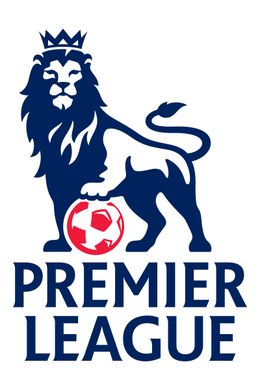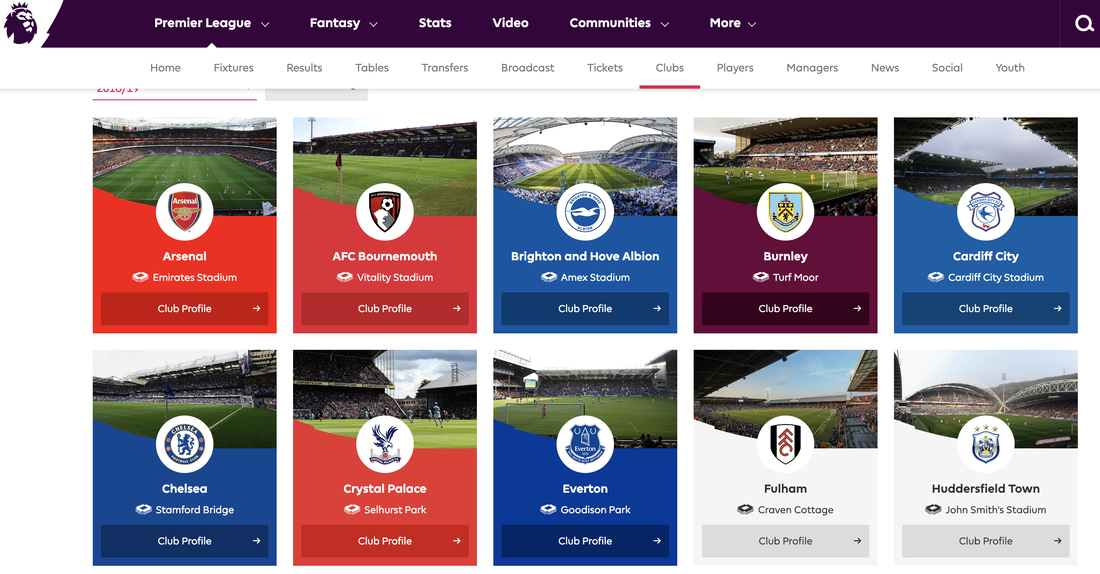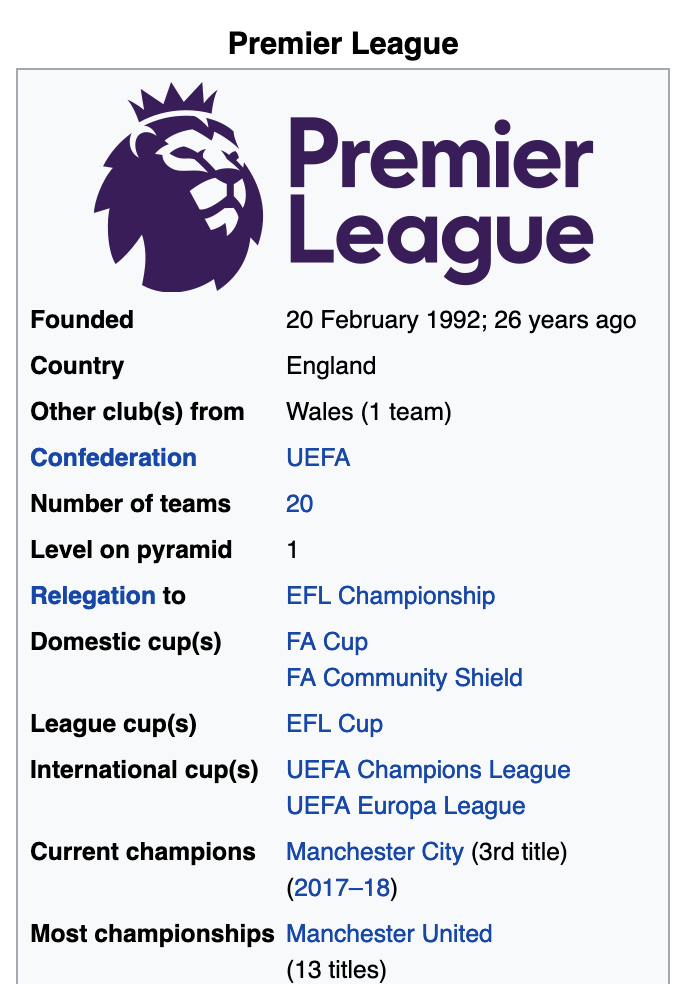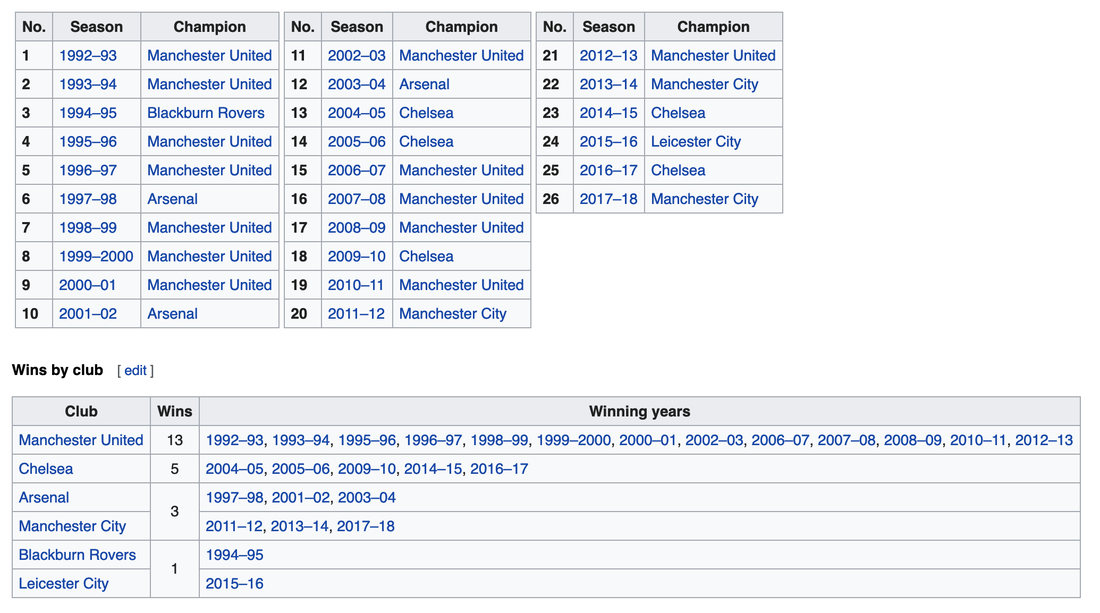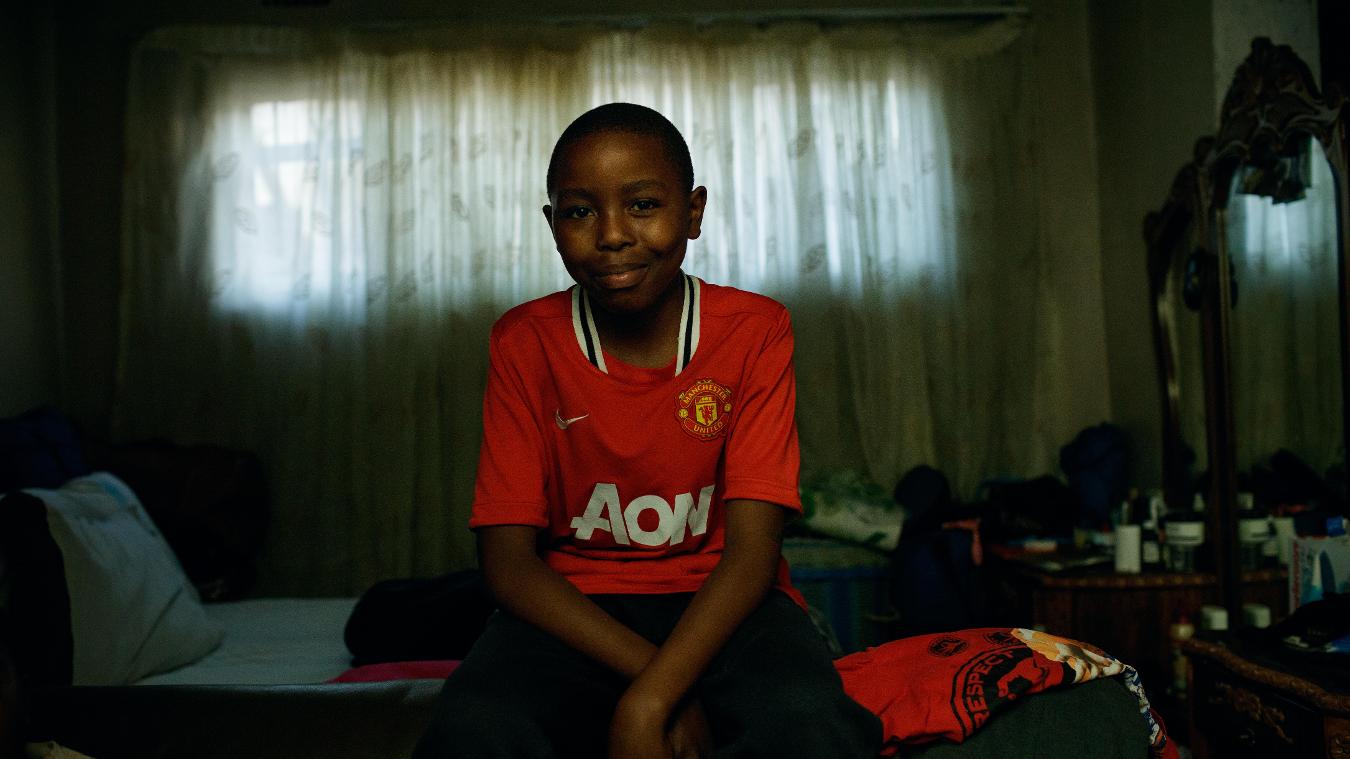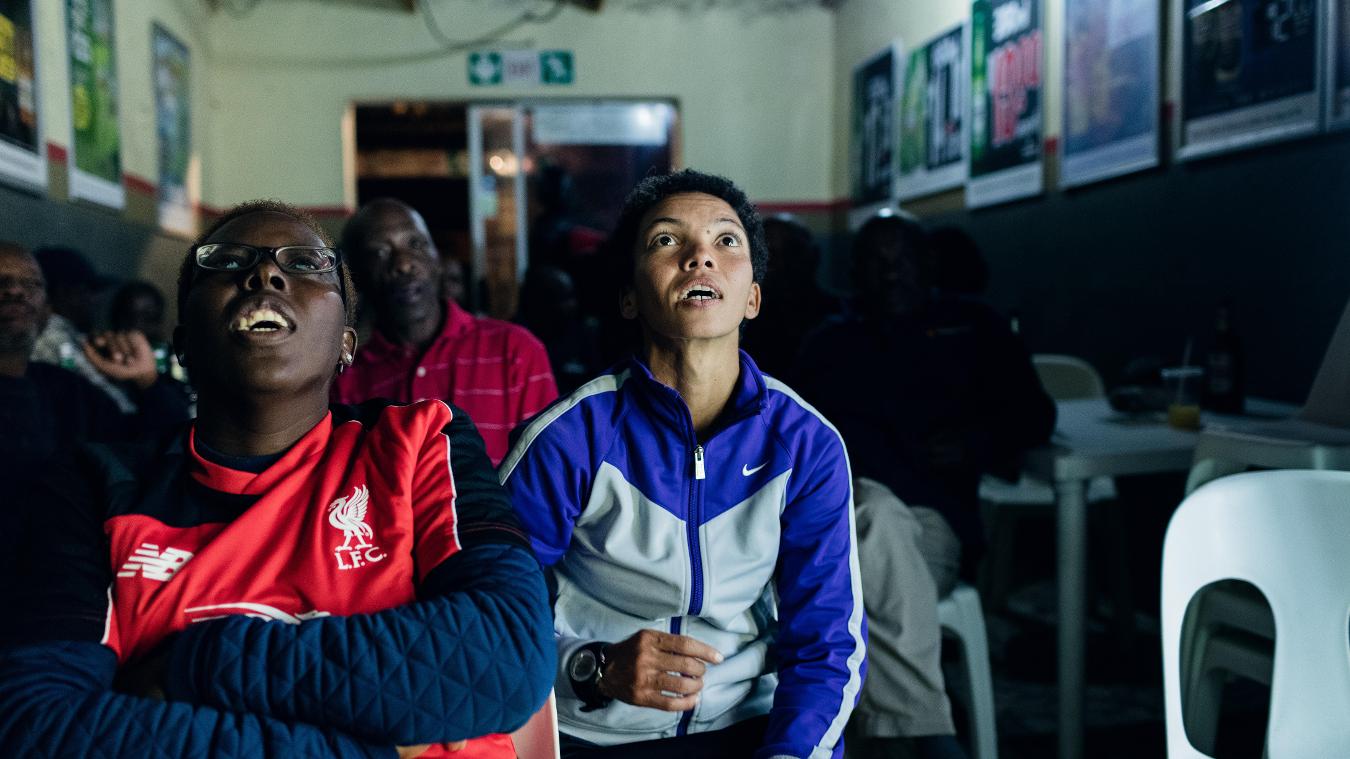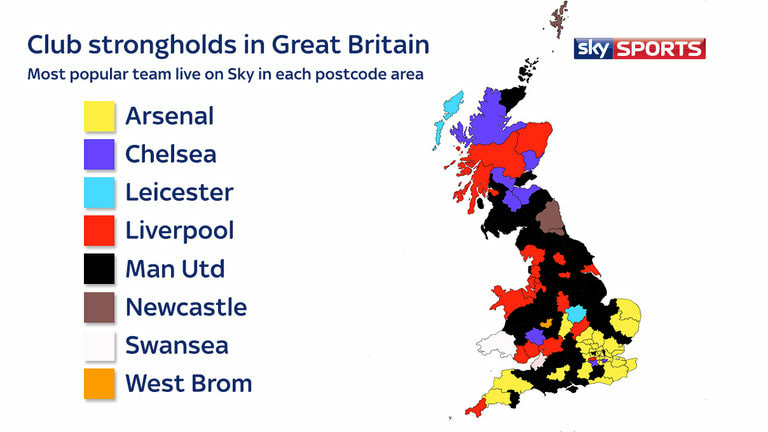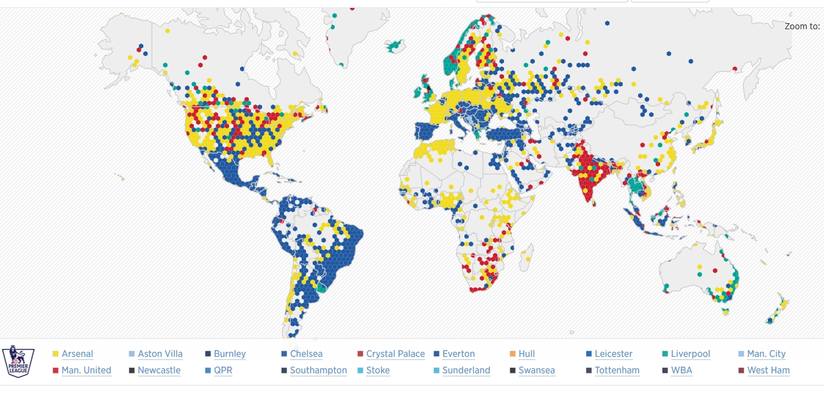-
MYP
- Home
-
IGCSE
- Course information
-
Physical: Hazardous environments
>
- Distribution of tectonic hazards
- Causes of tsunami
- Measuring earthquakes
- Earthquake case study 1: Haiti
- Earthquake case study 2: Christchurch
- Why do earthquakes do more damage in LICs than in HICs?
- How are volcanic eruptions measured?
- Tropical storms - distribution
- Causes of tropical cyclones
- Tropical cyclones - case study
- Why live in hazardous areas?
-
River Environments
>
- Hydrological cycle
- River basins
- Factors affecting river regimes
- Fluvial processes: erosion
- Fluvial processes: weathering and mass movement
- Fluvial processes: transportation and depositon
- River features and their formation
- How rivers change from source to mouth
- Uses of water
- Water pollution
- Water supply
-
IBDP
-
Changing population
>
- Global patterns of economic development
- Physical and human factors affecting global population distribution
- Case study 1: China
- Case study 2: Niger
- Demographic transition
- Megacity growth
- Forced migration and internal displacement
- Ageing populations
- Pro-natalist and anti-natalist policies
- Gender equality policies
- Trafficking policies
- The Demographic Dividend
-
Global climate vulnerability and resilience
>
- Atmospheric system
- The energy balance
- Changes in the energy balance
- The enhanced greenhouse effect
- Climate Change and the Hydrosphere, Atmosphere and Biosphere
- Impacts of climate change on people and places
- Disparities in exposure to climate change risk and vulnerability
- Government-led adaptation and mitigation strategies
- Civil society and corporate strategies
-
Global resource consumption and security
>
- Progress towards poverty reduction
- Measuring trends in global consumption
- Global patterns and trends in the availability and consumption of water
- Global patterns and trends in the availability and consumption of land/food
- Global patterns and trends in the availability and consumption of energy
- Water food and energy nexus
- Recycling and waste
- Malthus vs Boserup
- Resource Stewardship strategies
- Sustainable Development Goals
-
Freshwater - drainage basins
>
- The drainage basin as a system
- How rivers change from source to mouth
- River discharge
- River processes
- River landforms
- Factors affecting flood risk
- Attempts at flood prediction
- Flood mitigation
- Flood mitigation case studies
- Water scarcity
- Agricultural activities and water quality
- Pressures on lakes and aquifers
- Internationally shared water and conflict
- Water management: participation of local communities
- Dams as multi-purpose schemes
- Water management: Integrated Drainage Basin Management (IDBM)
- Managing wetlands
-
Leisure, Sport and Tourism
>
- Growth and purpose of leisure time
- Categories of tourism and sport
- Economic development and participation
- Factors affecting personal participation
- Factors affecting growth of tourism hotspots
- Spheres of influencee
- Factors affecting a national sports league
- Festivals
- Niche national tourism strategies
- Role of TNCs
- Tourism as a national development strategy
- International sporting events
- Consequences of unsustainable growth
- Sustainable tourism
- Future international tourism
- Political and cultural influences on sport
- Extended Essay in Geography >
- Skills/concepts >
-
Changing population
>
- Geography and ToK
- Theory of Knowledge
Study Guide
Factors affecting the geography of a national sports league, including the location of its hierarchy of teams and the distribution of supporters
• Case study of one national sports league
• Case study of one national sports league
National sports leagues and hierarchies
Sports leagues are coordinated groups of clubs and teams which play against each other over a period of time in a specific sporting competition. Examples include the English Premiership, Australian Football League, Serie A, Indonesia Super League, Indian Premier League Twenty20.
The distribution of teams in a national sporting league may show strong characteristics of the hierarchies we have already studied with larger, better funded and more successful teams found in larger cities and drawing from a larger, even international fan base while smaller teams may be found in regional towns and cities and have fewer fans outside their immediate area.
In the past, clubs would be strongly associated with local areas, towns or cities, with players drawn from the local area. Increasingly this has changed in the wealthiest sports leagues and clubs with players and fans drawn from a wider area as a result of investment, media profile and globalisation.
The distribution of teams in a national sporting league may show strong characteristics of the hierarchies we have already studied with larger, better funded and more successful teams found in larger cities and drawing from a larger, even international fan base while smaller teams may be found in regional towns and cities and have fewer fans outside their immediate area.
In the past, clubs would be strongly associated with local areas, towns or cities, with players drawn from the local area. Increasingly this has changed in the wealthiest sports leagues and clubs with players and fans drawn from a wider area as a result of investment, media profile and globalisation.
Many factors affect the location of teams in a national league. These will include:
- Size and wealth of the surrounding population
- Level of interest in the sport within local culture
- Cost of land (bid rent)
- Existing land use in the surrounding
- History of the club and surrounding location
The distribution of fans will also be affected by a range of factors:
History and migrations - there may be cultural associations with a particular team because of historic associations or migrations. For example, historic migrations from Ireland to Liverpool and Manchester may be part of the reason that both Liverpool and Manchester United have strong followings in Northern Ireland and Eire.
Mass media – live satellite TV means that fans can watch in real time wherever they are in the world. This is one factor that has led to the popularity of the English Premiership.
Advertising and Marketing – English Premier League teams are big business in much of Southeast Asia and often this is reinforced through marketing campaigns and pre-season tours.
Touring – teams tour new markets, such as basketball players in China or soccer players in Malaysia, bringing new interest in the game and new fans willing to spend money on merchandise and TV coverage
Socio-cultural globalisation – free flow of information and ideas means that new people are open to becoming supporters
International events – events life the FIFA World Cup and Champions League raise the profile of players and teams increasing the likelihood of international fans.
History and migrations - there may be cultural associations with a particular team because of historic associations or migrations. For example, historic migrations from Ireland to Liverpool and Manchester may be part of the reason that both Liverpool and Manchester United have strong followings in Northern Ireland and Eire.
Mass media – live satellite TV means that fans can watch in real time wherever they are in the world. This is one factor that has led to the popularity of the English Premiership.
Advertising and Marketing – English Premier League teams are big business in much of Southeast Asia and often this is reinforced through marketing campaigns and pre-season tours.
Touring – teams tour new markets, such as basketball players in China or soccer players in Malaysia, bringing new interest in the game and new fans willing to spend money on merchandise and TV coverage
Socio-cultural globalisation – free flow of information and ideas means that new people are open to becoming supporters
International events – events life the FIFA World Cup and Champions League raise the profile of players and teams increasing the likelihood of international fans.
Case Study: an example of a national sports league
|
You should choose your own league for this case study: ideally a sport of which you are a supporter. Choose carefully: you should aim to select a major league with an international profile, fan base and players.
Task 1 - Setting the scene. Use the information available to introduce the league. Approach this as if you were explaining it to an examiner at the start of a question about the league. Target 100 words. Task 2 - Locating the Teams Create a map to show the locations and names of each of the current league teams; Google Mymap is an easy way to do this. Comment on the distribution of teams. Comment on any patterns, links with cities, rural area coverage etc. |
|
Task 3 - Team Hierarchy
For your chosen league:
- Which teams are the most successful?
- What factors have led to this success? Think about investment, location, media profile...
- Is it true that the most successful teams tend to be those located in wealthy urban areas?
Task 4 - Distribution of fans
On a global scale identify the following:
- Which of the teams in the league have the widest international following?
- How do these teams fit into the league hierarchy?
- Suggest some explanations for the patterns of support (eg why do Nigerians and the French support Arsenal? Why do Indians and southern Africans support Manchester United?)




